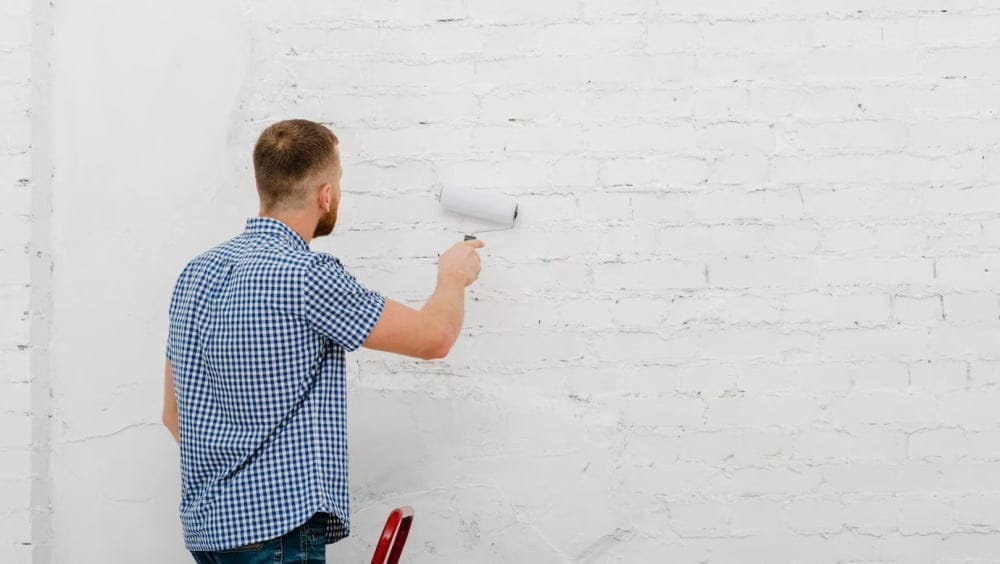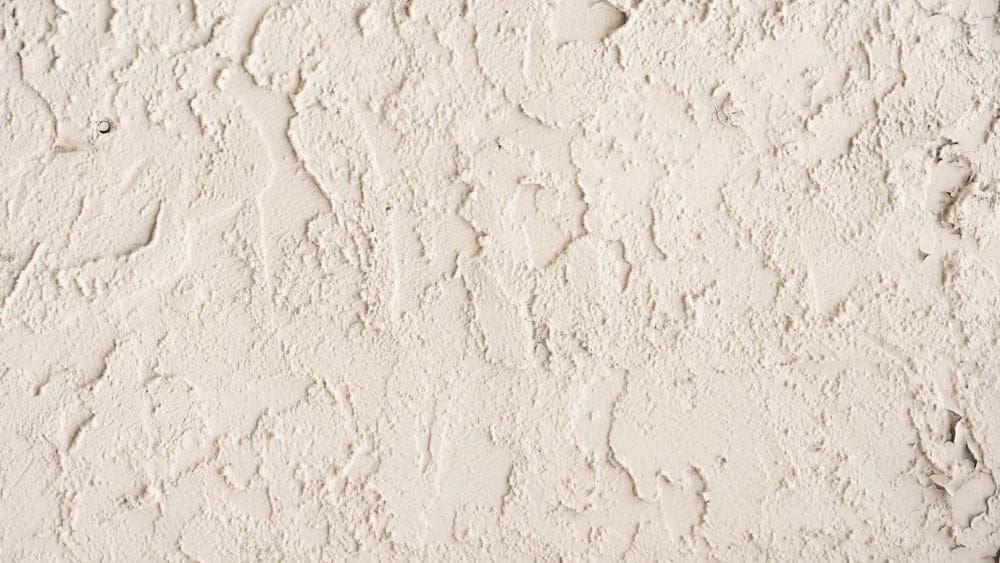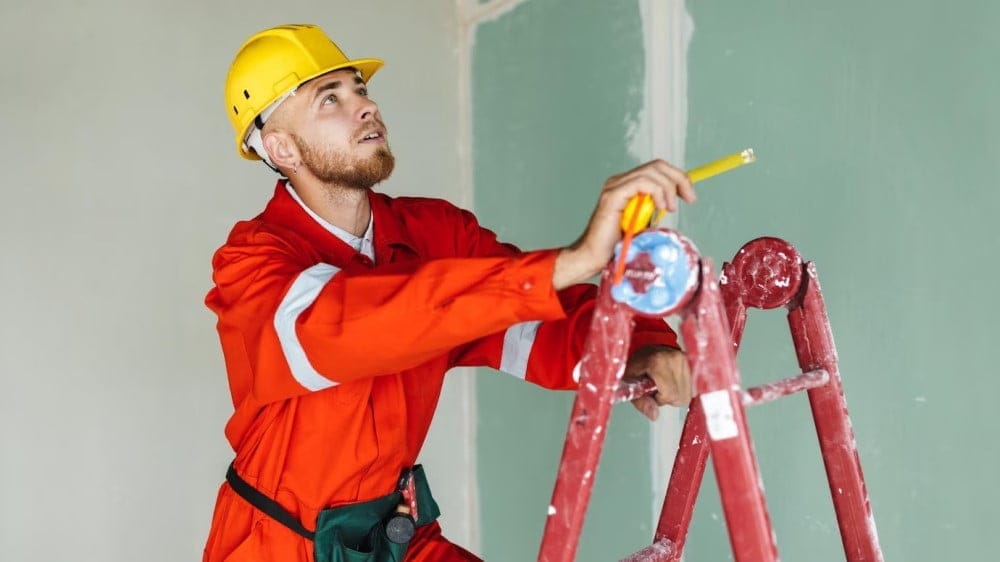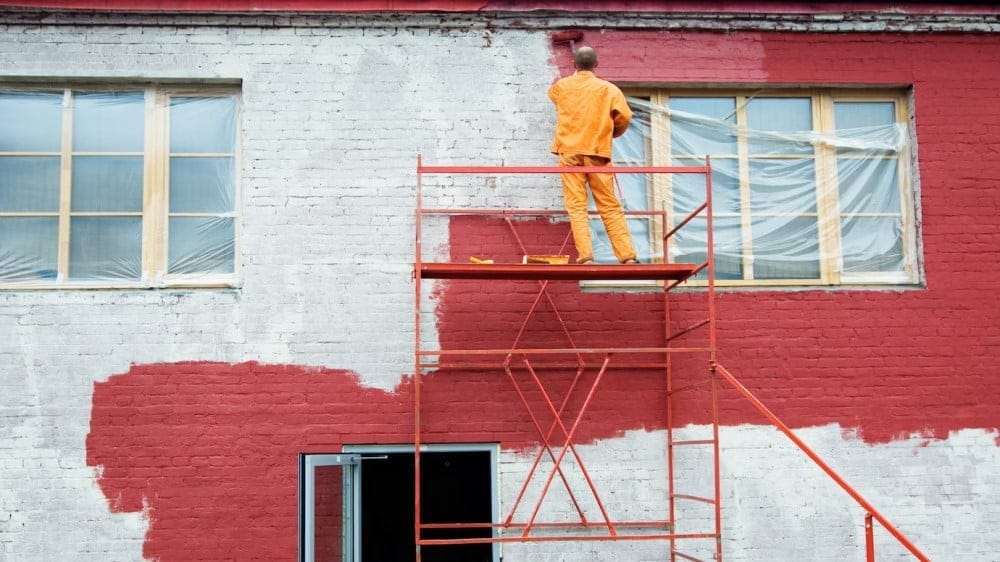Menu

Are you planning to give your home a fresh coat of paint in West Hartford? If your walls have a textured surface, house painting in West Hartford requires a slightly different approach than painting smooth walls. Textured walls add character and dimension to a room, but they can pose a challenge when it comes to achieving a smooth, even finish.
In this blog post, we will explore seven effective ways to paint over textured walls when house painting in West Hartford. These techniques will help you achieve professional-looking results and transform your textured walls into stunning focal points.
Before diving into the house painting in West Hartford process, it’s crucial to understand the nature of textured walls. Textured walls are surfaces that feature irregular patterns, such as stucco, popcorn, or knockdown textures.
These textures create depth and visual interest, but they can make painting more challenging. The uneven surface can trap paint and create shadows, resulting in an inconsistent finish. However, with the right techniques and tools, you can overcome these obstacles and achieve a flawless paint job.
Before diving into the painting process, it’s crucial to understand the nature of textured walls. Here are additional tips to consider when house painting in West Hartford:
Proper preparation is key to ensure a successful paint job on textured walls. Follow these steps to prepare your walls for house painting in West Hartford:
Proper preparation is key to ensure a successful paint job on textured walls. Consider the following additional tips when preparing your walls for house painting in West Hartford:

Selecting the right paint is crucial for achieving a beautiful and durable finish on textured walls during a house painting in West Hartford. Consider the following additional tips:
Having the right tools and materials is essential for a successful paint job on textured walls during a house painting in West Hartford. Consider the following additional tips:

Mastering the right techniques is crucial for achieving a smooth and professional-looking finish when painting textured walls during a house painting in West Hartford. Consider the following additional tips:
Painting textured walls can present unique challenges, but with the right tips and tricks, you can achieve professional results during your house painting in West Hartford. Consider the following additional tips:

Even with proper preparation and technique, you may encounter some common issues when painting textured walls during your house painting in West Hartford. Here are additional tips to troubleshoot and overcome these challenges:
Painting textured walls can be a rewarding project that enhances the beauty and ambiance of your home in West Hartford. By understanding the nature of textured walls, properly preparing them, choosing the right paint, using the correct techniques, and troubleshooting common issues, you’ll achieve professional-looking results when house painting in West Hartford.
In case you encounter challenges or want to ensure a seamless and hassle-free experience, it’s highly recommended to seek the assistance of professionals like West Hartford House Painting Experts. With our expertise in working with textured walls and their commitment to delivering outstanding results, they can help you achieve the perfect finish you desire.
So, whether you’re looking to refresh the look of your home, add a touch of elegance, or increase its value, don’t hesitate to reach out to West Hartford House Painting Experts. Our team of skilled painters understands the unique requirements of textured walls and will provide you with a personalized and professional painting service that exceeds your expectations.
Transform your home with a fresh coat of paint on your textured walls by contacting West Hartford House Painting Experts today. Take the first step towards house painting in West Hartford is by scheduling a consultation or requesting a quote. Enhance the aesthetics and value of your house in West Hartford with the expertise of West Hartford House Painting Experts!

Welcome to West Hartford House Painting Experts. We believe that we are the highest quality painting company in this community and we provide excellent customer service!